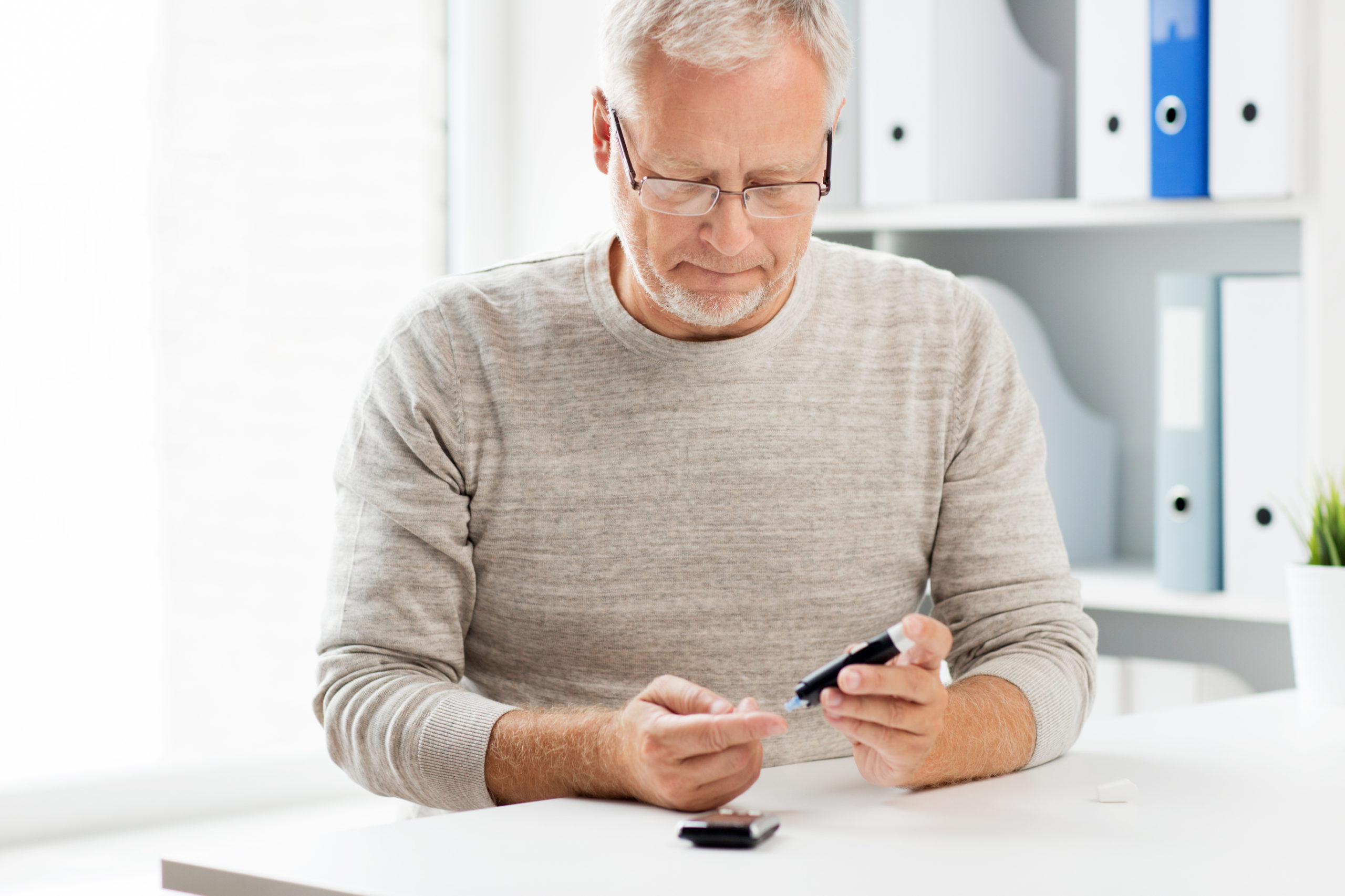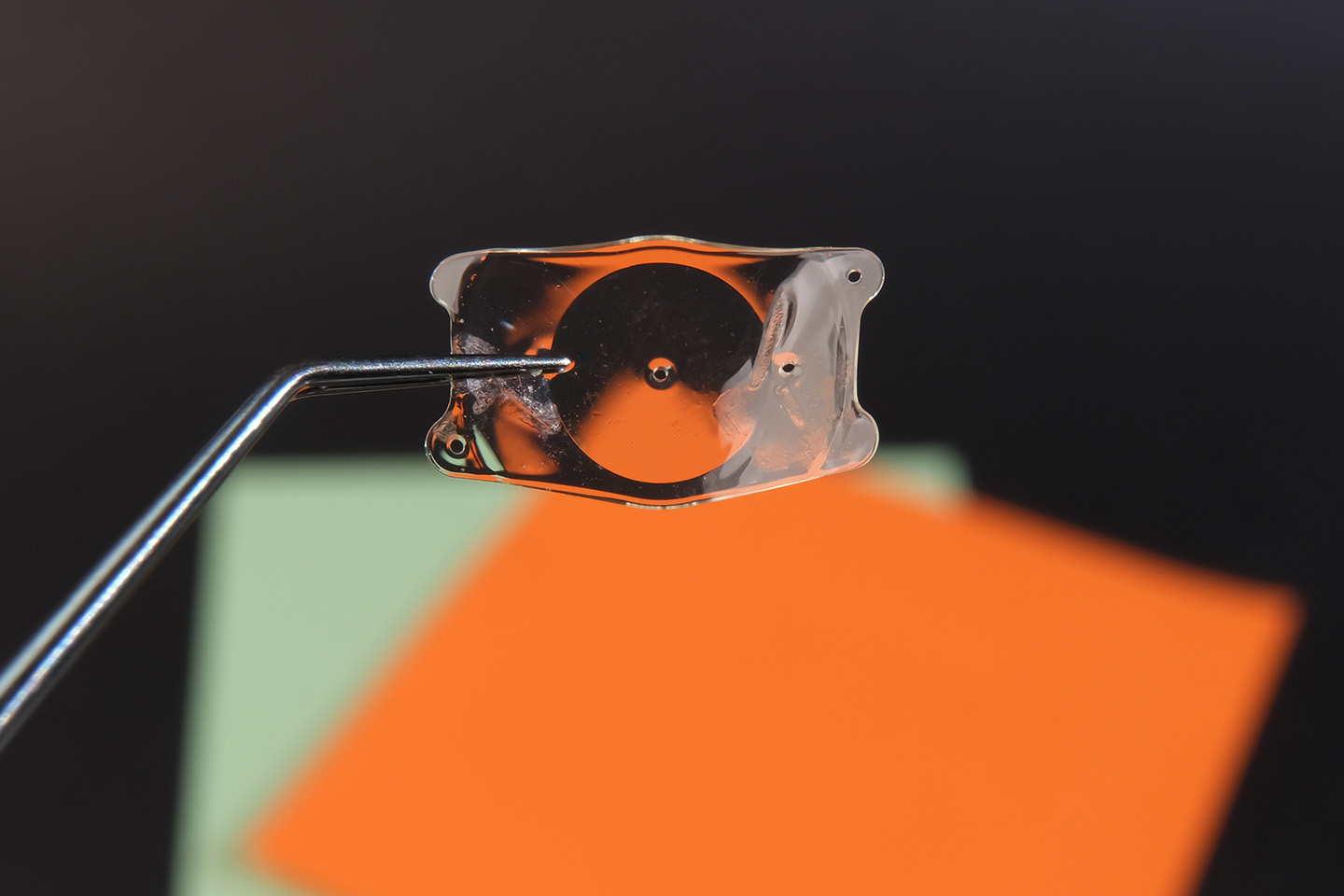What Patients with Diabetes Need to Know about Contact Lenses

People with diabetes can enjoy all the convenience and benefits of contact lenses, but they may need to take extra precautions.
Eyeglasses help us see better, but they can also be expensive, fragile, and easy to lose. That’s why many people find that contact lenses are a better fit for their lifestyles. Unfortunately, doctors often recommend that people with diabetes don’t wear contacts because of dryness and the risk of corneal erosion.
Luckily, times are changing, and our understanding of diabetes and contact lenses is changing, too. Now, doctors agree that many people with diabetes can safely wear contact lenses, provided that they take some extra precautions.
Preventing Corneal Erosions
The cornea, or the front part of the eye that’s responsible for gathering and focusing images, is at high risk of erosion in people with high blood sugar. Corneal erosions greatly increase one’s risk of suffering eye damage from contact lenses, and because people with diabetes tend to take longer than average to heal from injuries, it’s especially critical that they avoid damage to the eye.
Because of these risk factors, if you have diabetes and are interested in contact lenses, your doctor will measure your HbA1C and examine your cornea for abrasions before determining whether or not contact lenses are right for you. Typically, an HbA1C of 10 rules out contact lenses, whereas a more modestly elevated level of 7 or 8 can allow the patient to wear contacts, as long as they proceed with caution.
For people with diabetes who have evidence of corneal damage, daily disposable contact lenses may still be a good option. As their name indicates, these lenses should not be re-used or worn overnight and must be cleaned daily with the correct solution; otherwise, particles attached to the lens may cause further abrasions and damage. Wearing glasses as often as possible can also help reduce the likelihood of corneal injury.
Diabetes and Dry Eye
People with diabetes should always be vigilant about monitoring blood sugar levels, but if they decide to wear contact lenses, they should also be on the lookout for warning signs of corneal damage. These signs include blurriness, floaters, dimness and dry eyes. In particular, dry eyes tend to be a common problem for people with diabetes.
Dry eyes can present as a burning, itching or gritty feeling, or as the sensation that there’s a foreign object in the eye. Dry eyes are important to avoid because they increase the probability of corneal abrasions. For that reason, it’s important to blink regularly when using a computer screen, wear sunglasses outside and, if possible, use a humidifier at home and work.
Remaining Aware of Diabetic Retinopathy
Diabetic retinopathy occurs when high blood sugar causes tiny blood vessel leaks in the retina, the sensitive lining in the back of the eye. Those leaks can cause vision to blur and, in severe cases, can result in blindness. If you’re suffering from diabetic retinopathy, unfortunately, contact lenses can’t alleviate the problem. In many other cases, though, contacts aren’t strictly off the table for people with diabetes.
In a study of 254 diabetic patients and 254 without, the group with diabetes only had a 1.8% increased risk of complications with soft daily contact lenses. However, a trained eye care professional can talk to you about your vision options, including longer-term solutions like LASIK. Talk to a certified eye doctor at Swagel Wootton Eye Institute at our Mesa or Chandler locations to learn more about the vision solutions that are right for you.
[DISPLAY_ULTIMATE_SOCIAL_ICONS]








